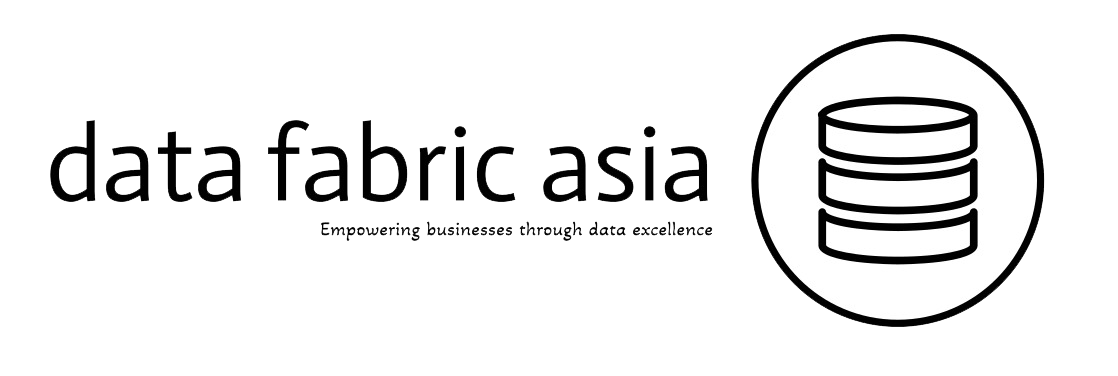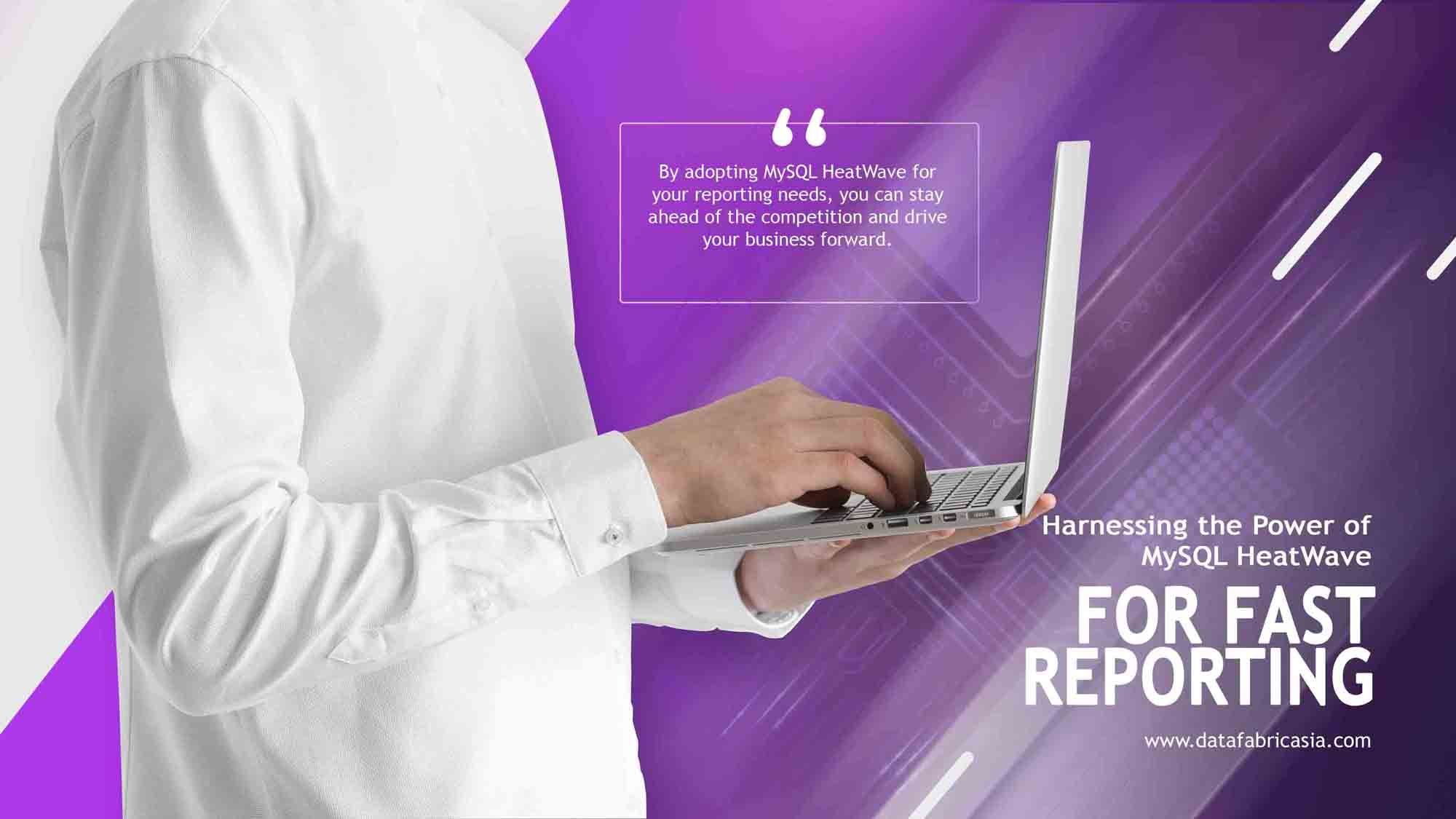In the ever-evolving landscape of data analytics and business intelligence, the need for fast, efficient, and real-time reporting has never been more critical. As organizations strive to make data-driven decisions, the tools and technologies they employ play a pivotal role in their success. One such powerful tool that has been making waves in the industry is MySQL HeatWave. Designed to deliver high-performance analytics, MySQL HeatWave offers a unique blend of transactional (OLTP) and analytical (OLAP) processing within a single database, making it an excellent choice for fast reporting.
The Role of MySQL HeatWave in Fast Reporting
MySQL HeatWave stands out in the realm of data analytics for several reasons. Its ability to perform in-memory processing, support integrated OLTP and OLAP workloads, and provide real-time analytics are just a few of the features that make it an ideal solution for organizations looking to enhance their reporting capabilities.
1. In-Memory Processing for Speed and Efficiency
One of the standout features of MySQL HeatWave is its in-memory processing capability. Unlike traditional disk-based processing, in-memory processing allows HeatWave to execute complex analytical queries at lightning speed. By storing data in memory, HeatWave significantly reduces the time it takes to retrieve and process data, resulting in faster query execution and, consequently, quicker report generation.
This in-memory approach is particularly beneficial for businesses dealing with large datasets and complex analytical queries. Whether you’re running detailed financial analyses or generating comprehensive business intelligence reports, MySQL HeatWave’s in-memory processing ensures that your queries are executed swiftly, enabling you to access insights in real-time.
2. Seamless Integration of OLTP and OLAP Workloads
Another key advantage of MySQL HeatWave is its ability to support both OLTP and OLAP workloads within the same database. Traditionally, organizations have had to maintain separate databases for transactional and analytical workloads, leading to increased complexity and latency. With MySQL HeatWave, this separation is no longer necessary.
By integrating OLTP and OLAP capabilities, HeatWave simplifies data management and reduces the latency typically associated with data movement between transactional and analytical systems. This seamless integration ensures that your data is always up-to-date and readily available for reporting, without the need for time-consuming ETL (Extract, Transform, Load) processes.
3. Scalability to Handle Growing Data Volumes
In today’s data-driven world, scalability is a crucial consideration for any reporting solution. As your business grows, so too does the volume of data you need to process and analyze. MySQL HeatWave addresses this challenge with its ability to scale out by adding more nodes to handle increasing data volumes and concurrent query loads.
This scalability ensures that your reporting performance remains high, even as your dataset grows. Whether you’re analyzing historical data for trends or generating real-time operational reports, MySQL HeatWave’s scalable architecture can handle the load, providing you with consistent and reliable performance.
4. Real-Time Analytics for Timely Insights
In the fast-paced business environment, timely insights are essential for making informed decisions. MySQL HeatWave’s real-time analytics capabilities enable organizations to generate up-to-date reports quickly, providing a competitive edge.
Real-time analytics is particularly valuable for operational reporting, where current data is crucial for monitoring system status, user activity, and performance metrics. By leveraging MySQL HeatWave, businesses can create operational dashboards that display real-time information, allowing them to respond promptly to any issues or opportunities that arise.
5. Ease of Use and Familiarity
One of the barriers to adopting new technologies is the learning curve associated with them. MySQL HeatWave, however, mitigates this challenge by leveraging the familiar MySQL environment. Since HeatWave is built into MySQL, it uses standard SQL queries, making it accessible to users who are already familiar with MySQL.
This familiarity reduces the learning curve and integration effort, allowing organizations to quickly harness the power of HeatWave for their reporting needs. Existing MySQL users can transition to using HeatWave with minimal disruption, enabling them to take advantage of its advanced analytics capabilities without the need for extensive retraining.
6. Cost Efficiency through Unified Architecture
By combining OLTP and OLAP capabilities in a single database, MySQL HeatWave can reduce the total cost of ownership for organizations. Maintaining separate databases for transactional and analytical workloads often incurs additional costs for infrastructure, licensing, and maintenance. HeatWave’s unified architecture eliminates the need for these separate systems, resulting in cost savings.
Moreover, the efficiency gains from faster query execution and real-time analytics further contribute to cost savings by reducing the time and resources required for data processing and report generation. For businesses looking to optimize their reporting infrastructure, MySQL HeatWave offers a cost-effective solution that delivers high performance and scalability.
Use Cases for Fast Reporting with MySQL HeatWave
The versatility of MySQL HeatWave makes it suitable for a wide range of reporting use cases. Here are some examples of how businesses can leverage HeatWave for fast reporting:
1. Business Intelligence
Business intelligence (BI) is a critical component of modern business strategy. MySQL HeatWave enables organizations to generate real-time BI reports from transactional data, providing insights into sales, marketing, and operational metrics. With HeatWave, businesses can create interactive dashboards that visualize key performance indicators (KPIs) and track progress toward goals.
For instance, a retail company can use HeatWave to analyze sales data across different regions and product categories, identifying trends and making data-driven decisions to optimize inventory and marketing strategies. The ability to generate these reports in real-time ensures that decision-makers have the most current information at their fingertips.
2. Data Warehousing
Data warehousing involves storing and analyzing large datasets to support business intelligence and reporting. MySQL HeatWave’s in-memory processing and scalable architecture make it an excellent choice for data warehousing applications. Organizations can use HeatWave to store vast amounts of historical data and perform complex queries to uncover trends and patterns.
For example, a financial institution can use HeatWave to analyze transaction data over several years, identifying patterns of fraudulent activity and improving risk management strategies. The speed and efficiency of HeatWave’s analytics engine enable the institution to generate detailed reports quickly, supporting timely decision-making.
3. Operational Reporting
Operational reporting involves generating reports on the day-to-day activities of an organization. These reports provide insights into system status, user activity, and performance metrics, helping businesses monitor and optimize their operations. MySQL HeatWave’s real-time analytics capabilities are particularly valuable for operational reporting.
For instance, an e-commerce platform can use HeatWave to monitor website traffic, user behavior, and transaction volumes in real-time. By generating operational dashboards that display this information, the platform can quickly identify and address any issues affecting user experience or system performance. The ability to respond promptly to operational challenges helps ensure a seamless customer experience.
4. Financial Reporting
Financial reporting is a critical function for any organization, providing insights into financial performance, budgeting, and forecasting. MySQL HeatWave’s ability to handle complex financial analyses and generate reports quickly makes it a valuable tool for finance departments.
For example, a manufacturing company can use HeatWave to analyze production costs, revenue, and profit margins across different product lines. By generating detailed financial reports, the company can identify areas for cost reduction and profitability improvement. The speed and accuracy of HeatWave’s analytics engine ensure that financial reports are available when needed, supporting strategic decision-making.
Implementation Considerations
While MySQL HeatWave offers numerous benefits for fast reporting, successful implementation requires careful planning and execution. Here are some key considerations to keep in mind:
1. Data Modeling
To take full advantage of MySQL HeatWave’s capabilities, it’s essential to ensure that your database schema is optimized for both OLTP and OLAP workloads. Proper data modeling can significantly impact query performance and reporting efficiency. Consider using best practices for indexing, partitioning, and normalization to optimize your schema.
2. Resource Allocation
Allocating sufficient memory and compute resources to the HeatWave nodes is crucial for handling your reporting workloads effectively. Assess your data volume and query complexity to determine the appropriate resources needed to achieve optimal performance. Regularly monitor and adjust resource allocation as your data grows and your reporting needs evolve.
3. Query Optimization
Optimizing your SQL queries is essential for leveraging HeatWave’s in-memory processing and parallel execution capabilities. Review and refine your queries to minimize complexity and improve execution speed. Consider using query profiling tools to identify and address performance bottlenecks.
4. Integration with BI Tools
Integrating MySQL HeatWave with your preferred business intelligence (BI) tools can enhance your reporting capabilities. Many BI tools, such as Tableau and Power BI, support integration with MySQL, allowing you to create interactive dashboards and reports. Ensure that your BI tools are configured to leverage HeatWave’s analytics engine for optimal performance.
5. Monitoring and Maintenance
Regularly monitor the performance and health of your HeatWave deployment to ensure consistent and reliable reporting. Implement maintenance routines to manage data growth, optimize queries, and address any performance issues. Stay informed about updates and enhancements to HeatWave to take advantage of new features and improvements.
Conclusion
MySQL HeatWave is a powerful solution for fast reporting, combining the strengths of MySQL with advanced in-memory analytics. Its ability to perform in-memory processing, support integrated OLTP and OLAP workloads, and provide real-time analytics makes it an excellent choice for organizations looking to enhance their reporting capabilities.
By leveraging MySQL HeatWave, businesses can achieve faster report generation, improved data analysis capabilities, and more informed decision-making processes. Whether you’re generating business intelligence reports, analyzing historical data, monitoring operational metrics, or performing complex financial analyses, MySQL HeatWave provides the speed, scalability, and efficiency needed to meet your reporting needs.
As the demand for real-time insights continues to grow, MySQL HeatWave stands out as a versatile and cost-effective solution for organizations seeking to harness the power of their data. By adopting MySQL HeatWave for your reporting needs, you can stay ahead of the competition and drive your business forward.

